7SENG007W: FSP Process Analysis and Design for Boat Booking System
VerifiedAdded on 2023/01/16
|7
|777
|77
Project
AI Summary
This assignment presents an analysis and design of an FSP (Finite State Processes) process for a boat booking system, addressing concepts of concurrency and parallelism. The solution includes an FSP process attributes table describing the system's characteristics such as states and transitions. The FSP code is provided, along with descriptions of each action within the process, specifying whether they are synchronous or asynchronous. The assignment further incorporates Finite State Machine (FSM) and Labelled Transition System (LTS) diagrams to visually represent the process flow. Detailed descriptions of LTS states are included, identifying states related to critical sections and mutual exclusion. Trace trees and a structure diagram are also provided to illustrate the system's behavior and organization. This comprehensive approach allows for a clear understanding of the process's design and implementation within a concurrent environment.
1 out of 7
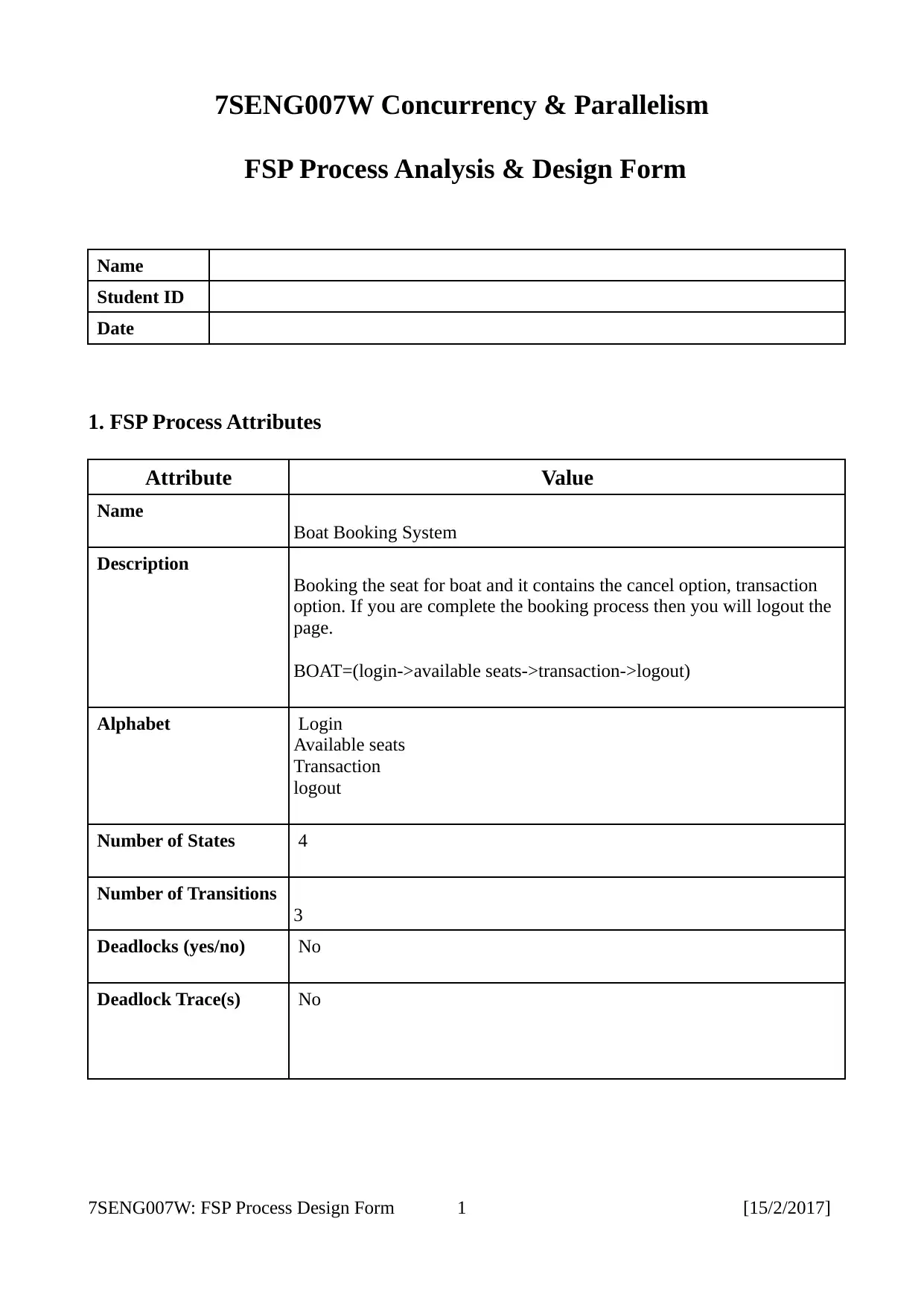
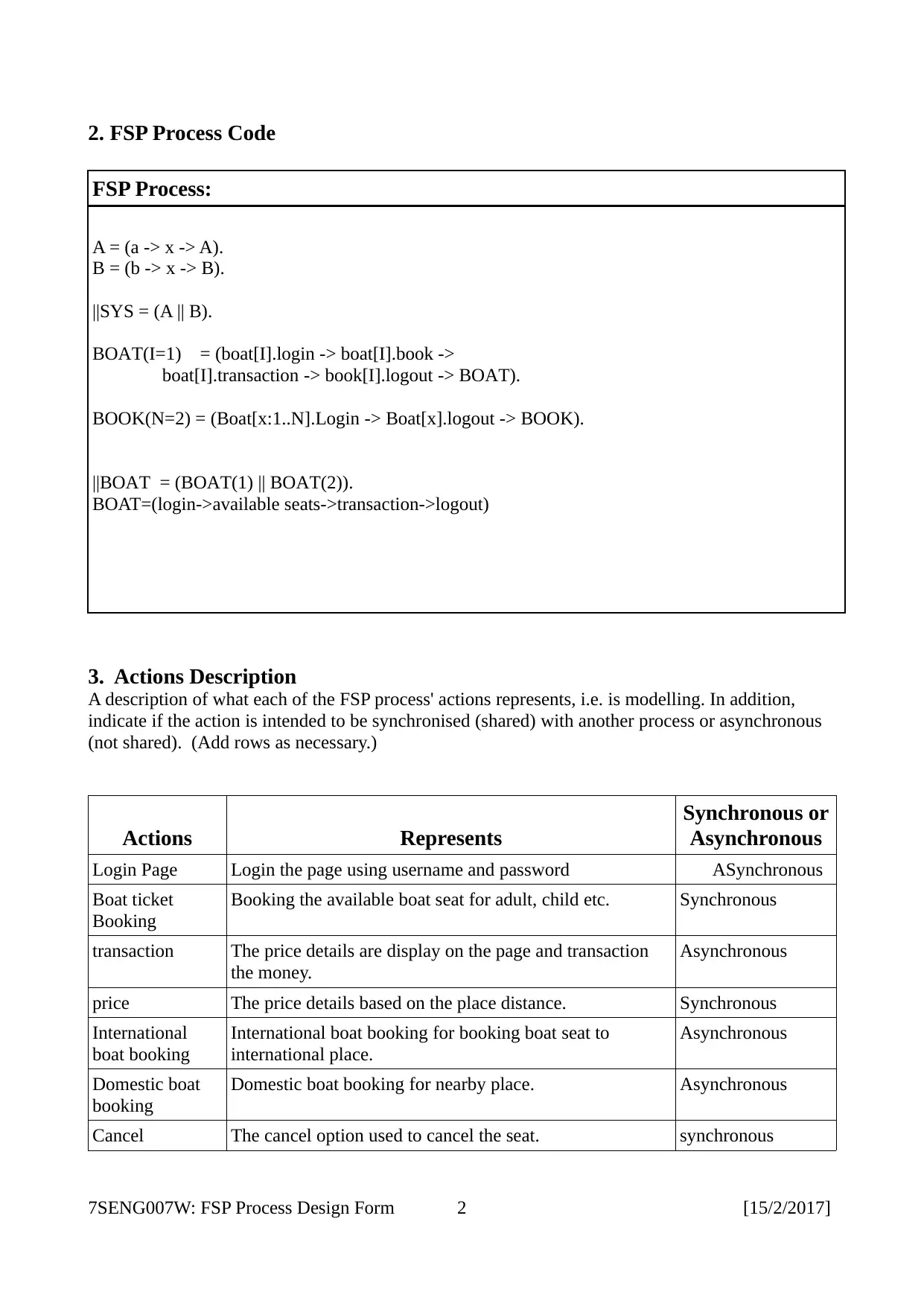
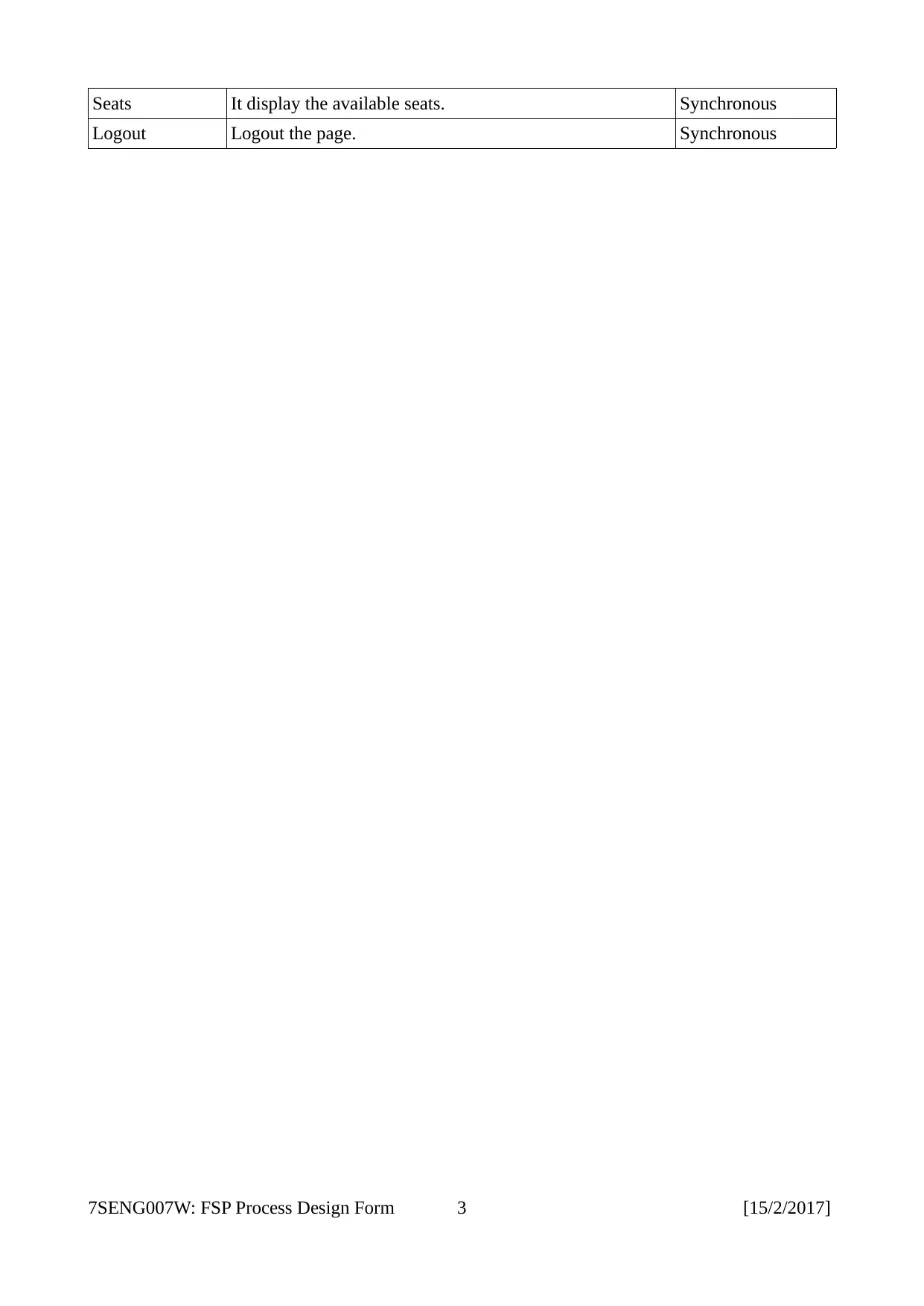


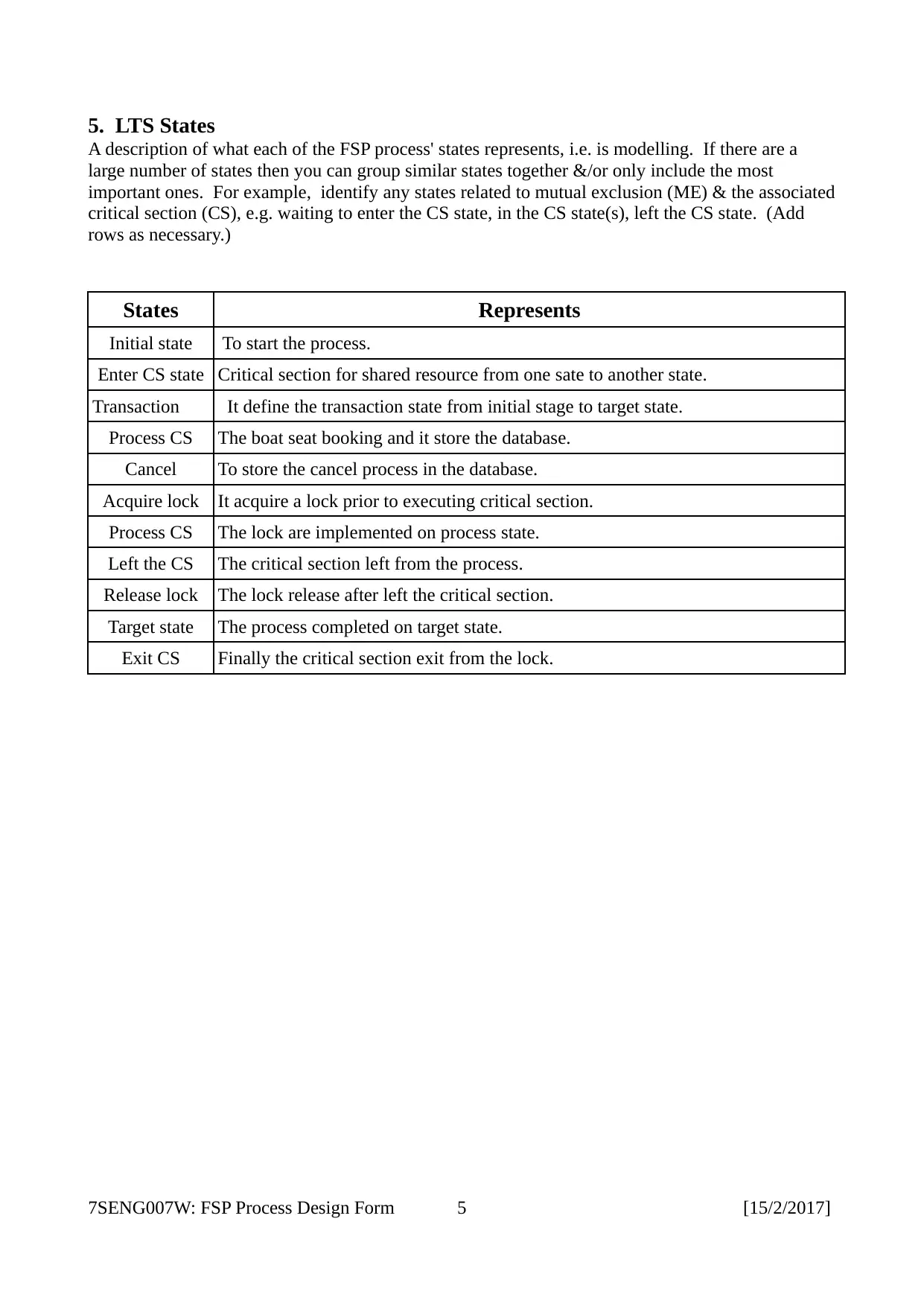
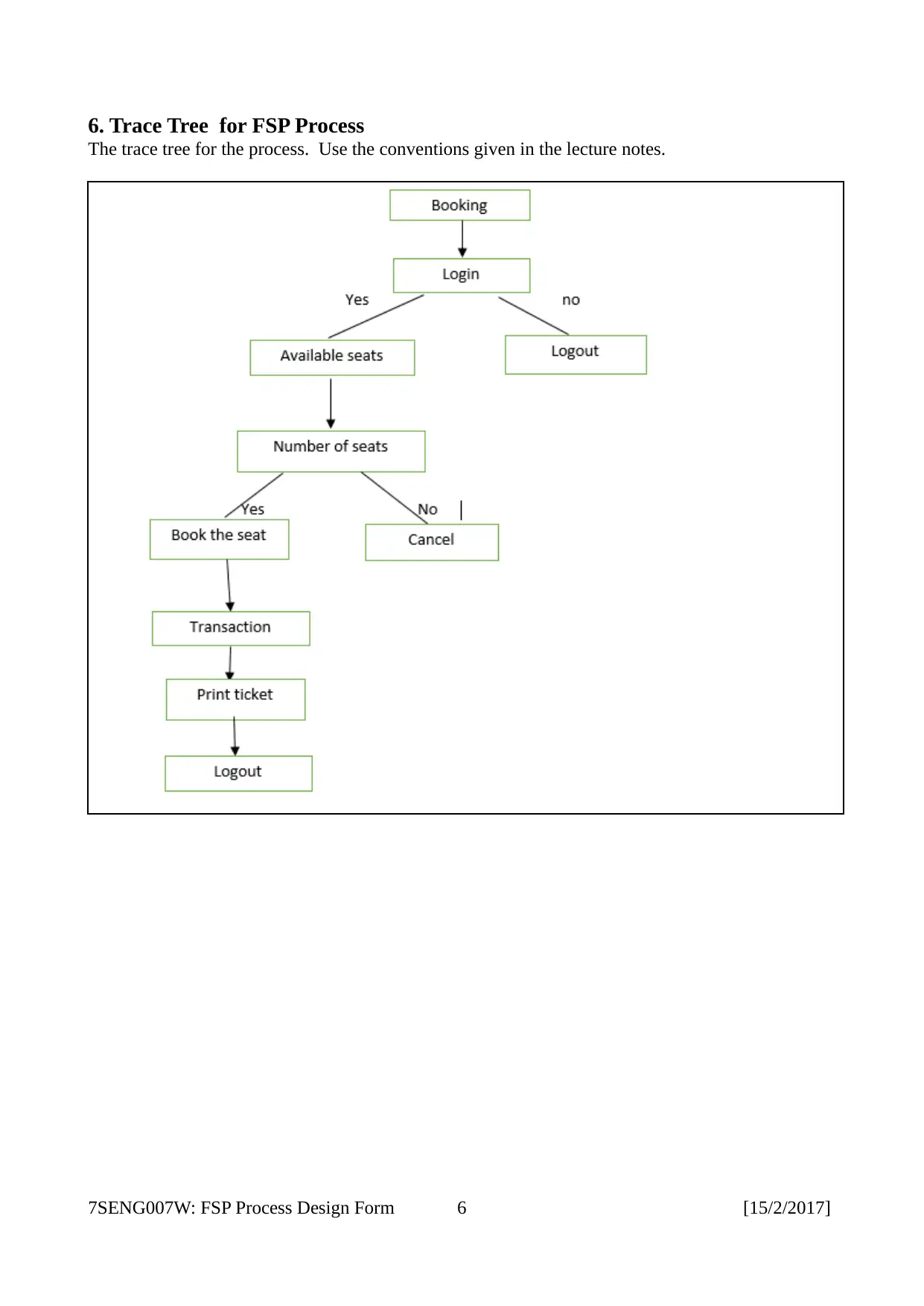

![[object Object]](/_next/static/media/star-bottom.7253800d.svg)